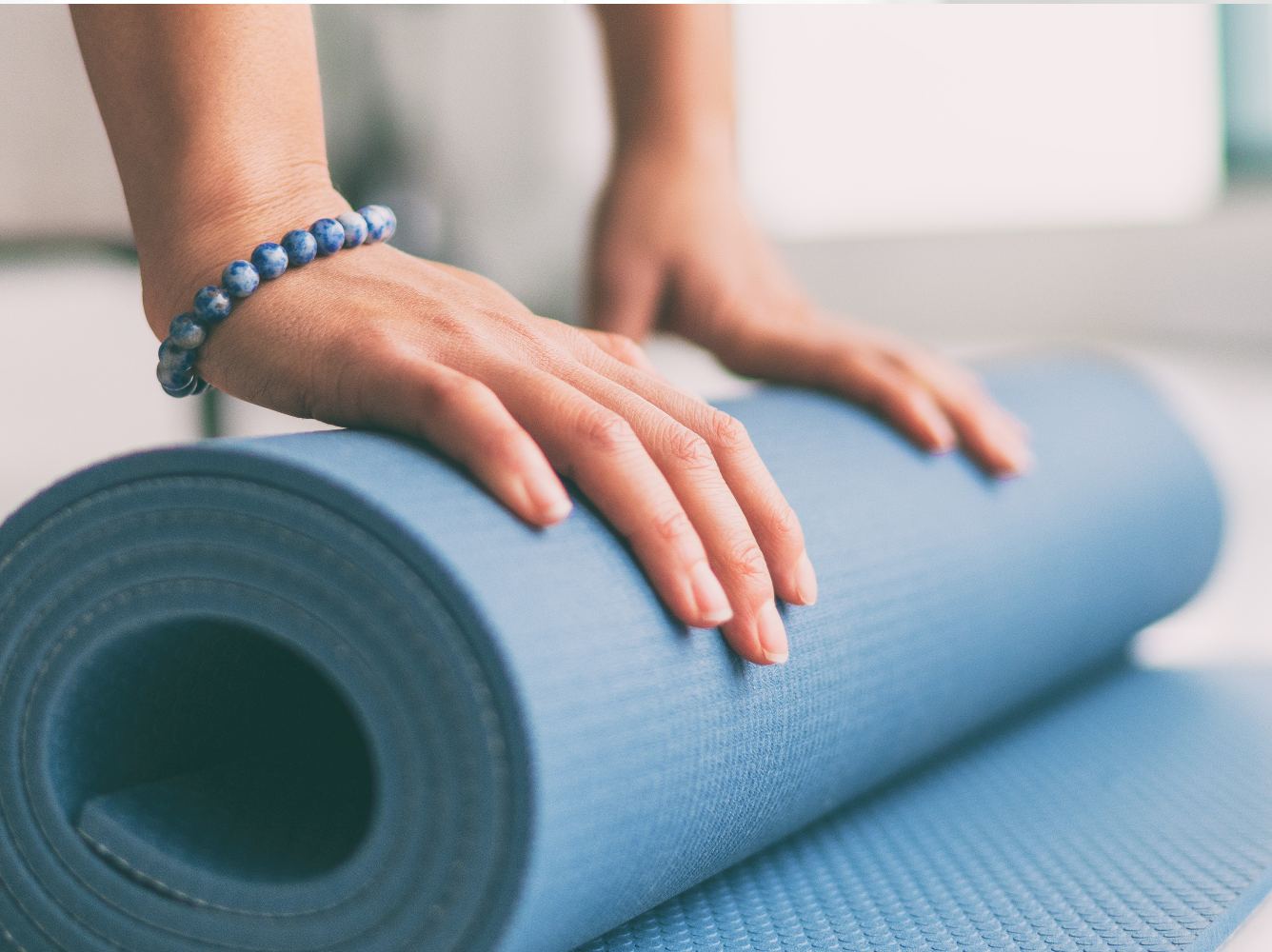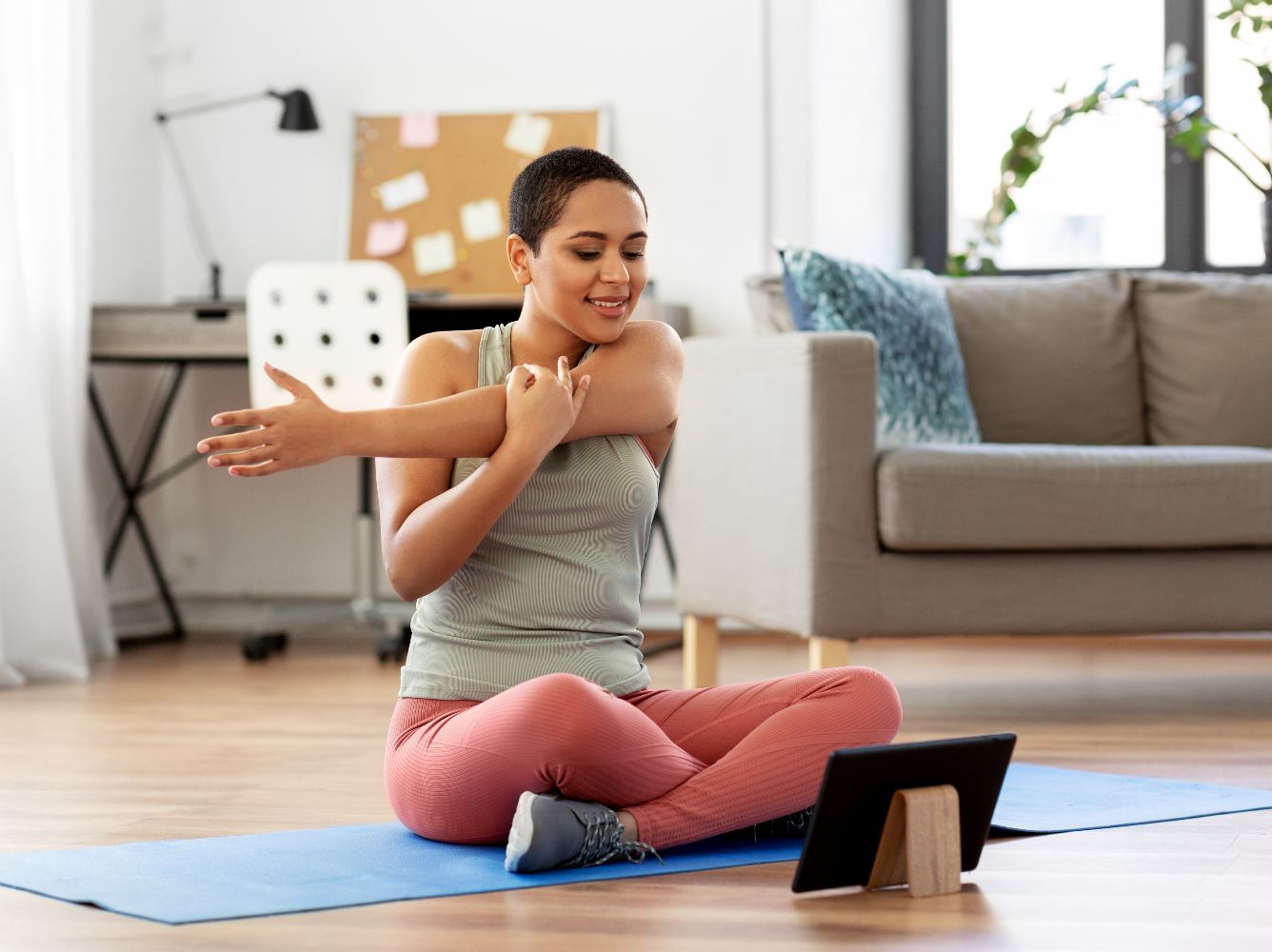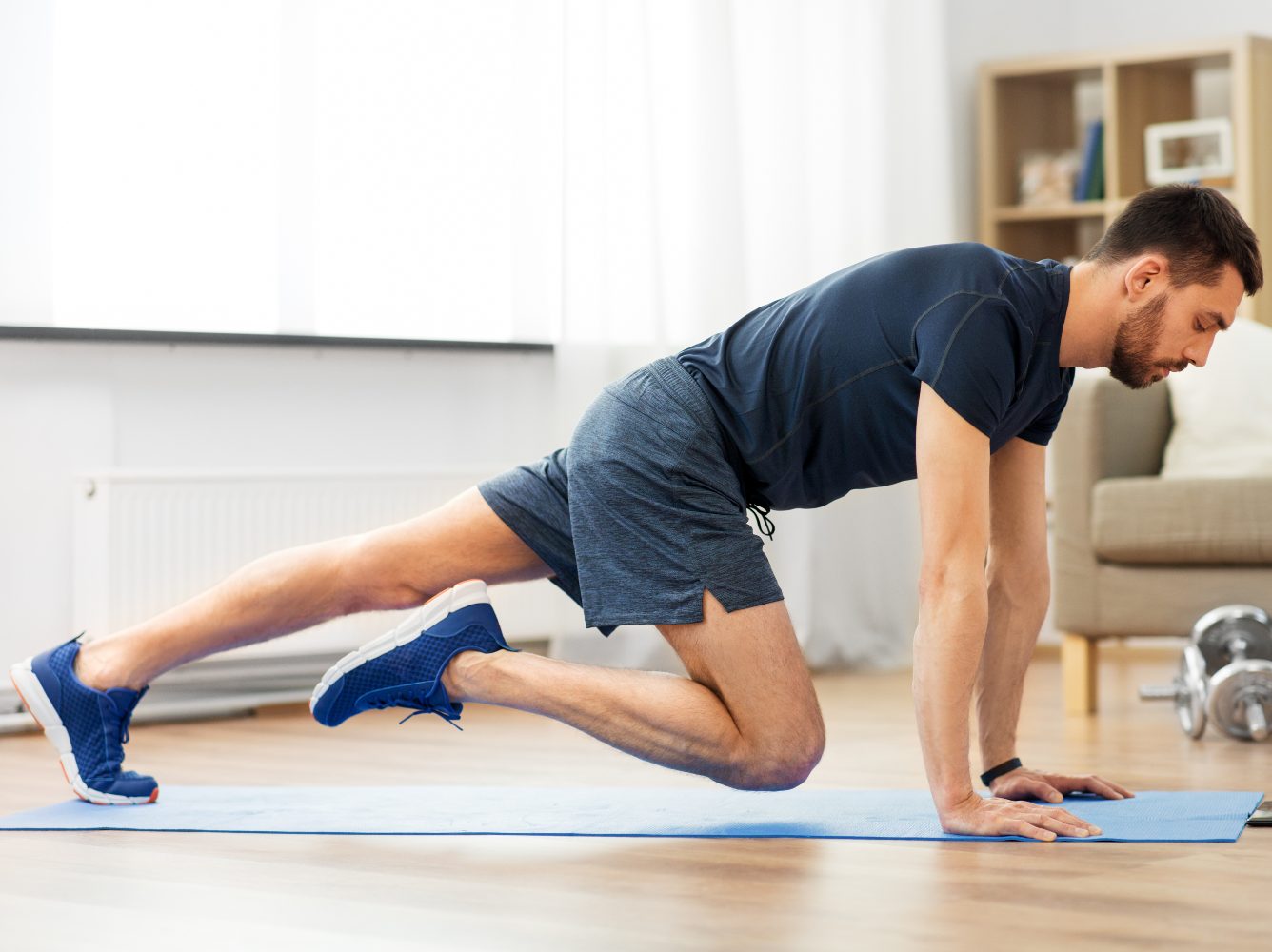What is a sedentary lifestyle?
Our ancestors didn’t have to worry about a sedentary lifestyle, being it the lack of regular physical activity – when everyday life consisted of collecting food, they were constantly moving from one place to another. Times changed, and life has slowed down in a sense, and so it has become necessary to encourage the practice of physical exercise. – for some, it comes easy and is downright satisfying, for others, it is a sacrifice.
Giving in to inertia has its consequences. A sedentary lifestyle in adults between the ages of 18 and 64 is associated with the onset of diseases and physical conditions such as obesity, type 2 diabetes and heart conditions. And while it may seem like fear mongering, the source of this information is actually the World Health Organization (WHO).
Despite the health benefits, about 25% of adults and more than 80% of teenagers do not meet the recommended levels of physical exercise. This kind of thinking needs reconsidering.
Do I have a sedentary lifestyle?
The answer to this question depends on many others. For example, whether you travel extensively by car, if you spend most of the day sitting at a desk, if your preferred plan for the evening includes relaxing on the couch, or if you have practised some kind of physical exercise in the past week.
The WHO has several recommendations for each age group, such as the practice of at least 150 to 300 minutes of moderate-intensity physical activity per week for all adults between the ages of 18 and 64 – equivalent to 30 minutes of walking per day, at a moderate pace.
By taking it one step at a time, at your own pace, you can make physical activity a daily habit – and thus contribute to your health and well-being. For example, instead of setting a firm goal of running for 30 minutes straight, start with something less ambitious: taking a 30-minute walk. Gradually, your body will be prepared to increase the intensity. It’s also important to discover the type of exercise that gives you the most satisfaction. For example, if you prefer the outdoors to enclosed spaces, it might be a bad strategy to just go to the gym.
Whether it’s a yoga session, taking an evening dance class, or climbing a flight of stairs a day, some movement is better than none at all – and it’s within reach of your routine.
7 tips to fight a sedentary lifestyle
If getting a gym subscription or finding a personal trainer are not an option, then how can you avoid a sedentary lifestyle? Every day, every decision can contribute to a more active life:

-
Choose the stairs
A simple and very actionable tip that is often overlooked. Even when there are only a few floors, the lift may seem the default option. Take the stairs! It’s a way to fight a sedentary lifestyle without changing your routine or making large investments. And it also helps the planet because you’re saving electricity.

-
Walk more
Instead of using the car for short trips, walk. If you use public transportation, consider getting off one or two stops earlier and walking the remaining route. Invite someone to keep you company on a morning walk or after work. Need a distraction? Take a power walk while listening to a podcast.

-
Take breaks to move around every two hours
Get up to fill up your water bottle – stay active and hydrated. If you have access to an adjustable desk, work standing for a while. During your lunch break, take the opportunity to unwind and walk. Ten minutes is all it takes.

-
“Stretch” your mornings
If you’re an early riser, wake up at least 30 minutes earlier and get some exercise done. Whether it’s a morning run, a short yoga session, strength exercises in the living room, or stretching, the important thing is to move your body. You’ll have even more energy for the day.

-
Turn to technology
There’s an app for everything and that includes exercise! Whether it’s getting more water, walking 10,000 steps a day, or discovering new workouts, all it takes is one search to find plenty of ways to set goals and track results.

-
Exercise at home
Is it raining? Don’t have gym equipment? Jumping rope, doing sit-ups, squats, lunges, push-ups or lifting weights with water bottles are some examples of simple exercises that you can do at home and that don’t take up a lot of time. If you have a treadmill or an exercise bike, you may even catch up on your series while you exercise.

-
Join group classes
If you like company – or need some external motivation – consider signing up for a group class, such as yoga, padel, Pilates, step, cycling, dance, water aerobics or swimming. It can help you meet new people and be more motivated.

Who knows, shares.
For extra motivation, we invited Marco Moutinho, Sporting Director of the Jerónimo Martins Group, to write a few words:
Physical exercise – whatever it may be – is a great ally for your health and quality of life.
Here are some of the benefits:
- Improves mood: the body produces endorphins when exercising;
- Combats insomnia: helps you relax and regulate your sleep cycle;
- Increases self-esteem and confidence: it’s a way of overcoming personal challenges;
- Reduces stress and anxiety: lowers cortisol and adrenaline levels;
- Prevents and controls cardiovascular disease, diabetes and osteoporosis: improves blood circulation, increases insulin sensitivity and reduces blood glucose levels, and prevents the loss of bone mass;
The type and duration of the workout:
If you want to improve cardiovascular health, lose weight or increase endurance, opt for low to moderate intensity workouts of between 30 and 60 minutes. To improve performance, burn more fat or save time, you can choose high-intensity workouts (known as HIIT), which last between 10 and 20 minutes. The ideal duration of a strength workout is around 60 minutes.
The time of day:
Doing physical exercise in the morning helps to better organise the day, increases attention span and memory and appetite control (remember to warm up and hydrate your body well beforehand). In the afternoon, the body is warmer and more flexible, which can favour performance and prevent injuries. For those who prefer to exercise in the evening, it can help you relax, relieve stress and improve the quality of your sleep (avoid exercising too intensely or too close to bedtime, so as not to have the opposite effect).
The important thing is to exercise regularly – and with pleasure. Set goals, respect your limits and… get started!
Physical exercise calls for an energy boost
Have you been doing so many push-ups that your body is asking you to replenish your energy? Feed it with quality. Since physical exercise and healthy eating go hand in hand, get to know the Go Active brand. From peanut butter to instant porridge, Go Active products are high protein content and suitable for those with an active lifestyle.
Our articles on healthy eating are a great place to get inspired with nutritious meals that can fuel an active and healthy lifestyle.


